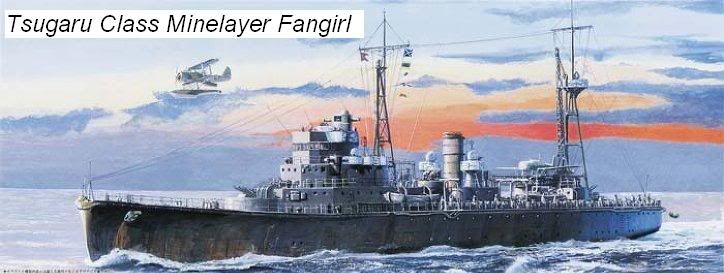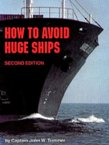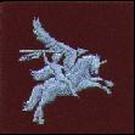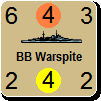Arnhem44
Matrix Hero

Posts: 578
Joined: 11/23/2004
From: Singapore
Status: offline

|
quote:
ORIGINAL: Ranger5355
Did they bring bikes with them or did they make use of what they found?
While we're on the subject,can you recommend a book on the Malay campaign?
Regarding the bicycles, it depends on which sources you put your faith in. I'd go with half and half, there were at least a couple of bicycle equipped infantry battalions in the 5th and 18th Divisions but they were definitely not fully outfitted as bicycle infantry, on the contrary these 2 lead divisions were motorized and as they swept down the peninsula they snapped up any bicycles they could lay their hands on, the Brits also very graciously left behind lots of motor transport as they retreated.
For literature on the Malayan campaign it's a mixed bag, personal opinion follows.
The official histories by Lionel Wigmore (The Japanese Thrust) and Woodburn Kirby (The War Against Japan, Vol. 1) are a good place to start as they obviously had access to anything or anyone they needed but the double edged sword of being official histories also meant they couldn't put down on paper everything they learnt. Kirby himself followed up with Singapore: The Chain of Disaster which probably went some way to assuaging the sense of frustration he had at not being able to say what he wanted to say.
Most of the other stuff, pre yr 2000, especially anything that perpetuates the myth of the guns facing the wrong way should be taken with a healthy dose of skepticism and cross checked for accuracy. However, there are some personal memoirs/battlaion histories which stand out.
Battalion at War by Michael Moore which chronicles the journey of the 1st Cambridgeshires, part of the ill fated British 18th Division, the majority of which arrived just in time to play their part in the week long defence of Singapore and then march into captivity. Moore's account of the battalion's part in the defence of Adam Park, a housing estate which still stands today is excellent and backed up by a recent archeological dig that focused on the area and yielded cartridge casings by the bucket load along with other war detritus.
Moon over Malaya by Jonathan Moffatt is also another excellent pick, this one tells the story of the 2nd Argyll and Sutherland Highlanders, probably the best trained and best led battalion in the whole of Malaya Command.
The British Battalion by Chye Kooi Loong is also another well researched book. This one tells the story of 2 British battalions, 1st Leicestershires and 2nd East Surreys both of which suffered so heavily in the early stages of the campaign they had to be amalgamated.
Honourable mention goes to Tsuji Masanobu's The Mastermind behind Japan's Greatest Victory, Britain's Worst Defeat, if you can get past his very obviously self serving narcissistic style of writing there's probably some elements of truth mixed in with his self inflated sense of how things turns out.
Then there's the slew of books that came out after the mid 90s when government papers related to the fall of Singapore were released 50 years after the fact, 20 years longer than normal. That fact alone should tell you a whole lot about what was in the papers. My picks from this category are;
Sixty Years on: The Fall of Singapore revisited edited by Brian P Farrell et al (series of papers and lectures for a conference marking the anniversary of the fall)
The Defence and Fall of Singapore 1940-1942 by Brian P Farrell
Did Singapore have to Fall? Churchill and the Impregnable Fortress by Karl Hack and Kevin Blackburn (goes into a fair bit of detail about the Fortress guns)
The Guns of February by Henry Frei (one of those very rare books which looks at the campaign from the other side)
Descent into Hell by Peter Brune (a decidedly Aussie perspective on how things turned out, monster of a book with lots of details on the engagements in Johor)
The Sinking of the Prince of Wales and Repulse by Martin Middlebrook and Patrick Mahoney (incorporates dive pictures of the wrecks iirc)
|
 Printable Version
Printable Version
























 ) self serving, it his explanation about the campaign.
) self serving, it his explanation about the campaign. 
 New Messages
New Messages No New Messages
No New Messages Hot Topic w/ New Messages
Hot Topic w/ New Messages Hot Topic w/o New Messages
Hot Topic w/o New Messages Locked w/ New Messages
Locked w/ New Messages Locked w/o New Messages
Locked w/o New Messages Post New Thread
Post New Thread